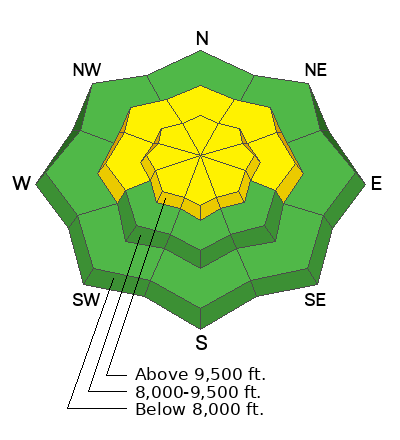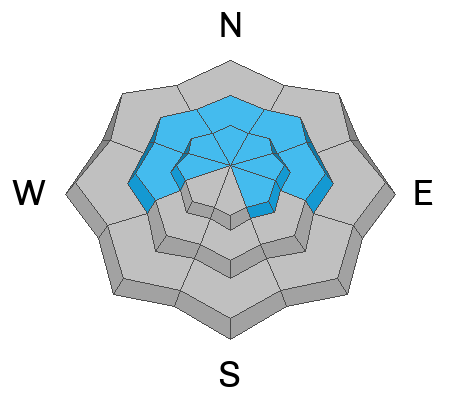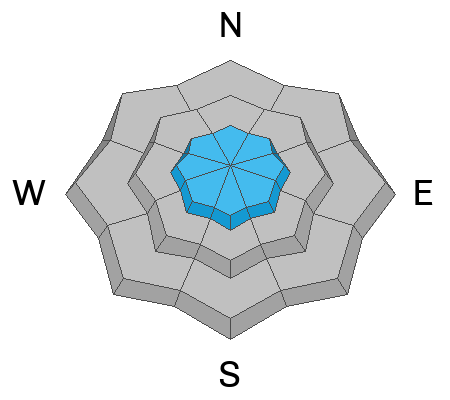Forecast for the Provo Area Mountains

Issued by Dave Kelly on
Wednesday morning, December 13, 2023
Wednesday morning, December 13, 2023
The avalanche danger is MODERATE on steep slopes in the mid and upper west-north-east elevation and upper elevation southeast facing terrain where it will be possible to trigger an avalanche 1-3' deep stepping into the old faceted snow from early season or trigger a wind-drifted snow avalanche in the highest elevation terrain.
Last night's easterly winds will have transported loose surface snow into stiff wind-slabs. Avoid smooth, pillowy, or rounded piles of snow in steep terrain as any wind-drifted avalanche could be the extra weight needed to trigger a deeper avalanche failing into old faceted snow.
The avalanche danger is LOW at lower elevations and in mid-elevation southerly facing terrain.

Low
Moderate
Considerable
High
Extreme
Learn how to read the forecast here








